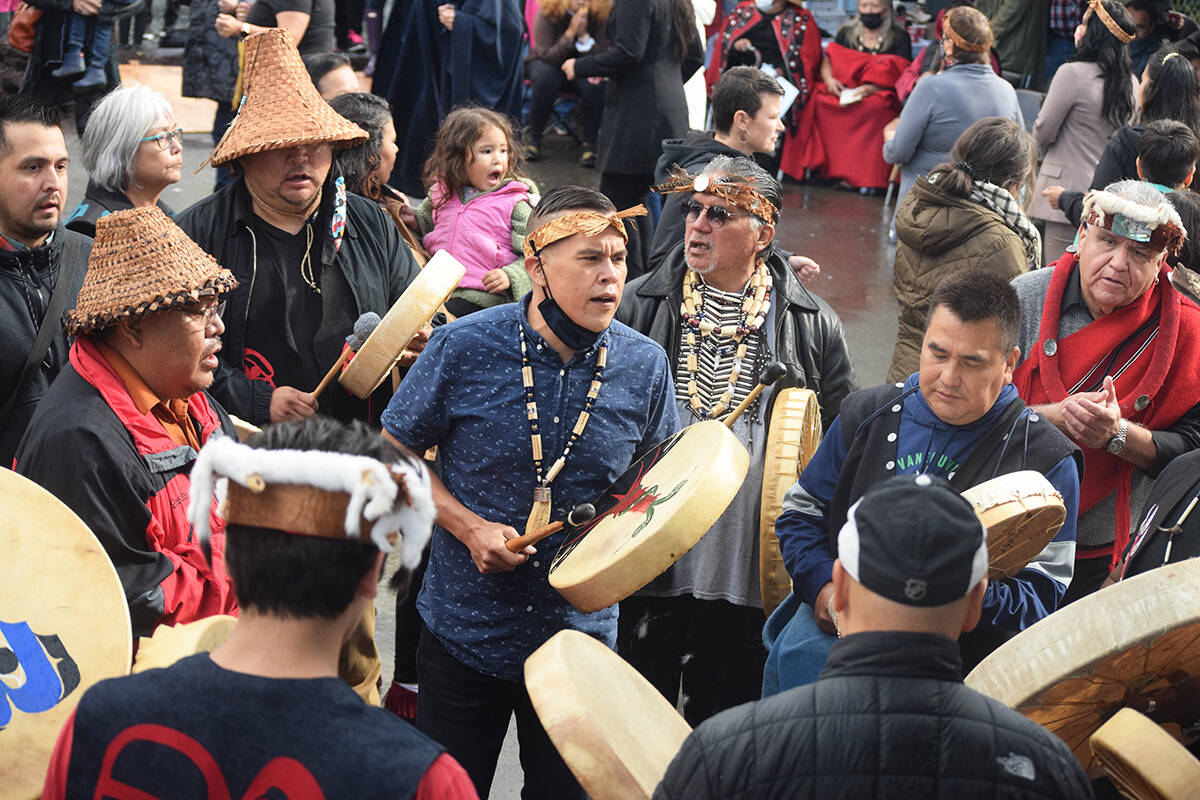New figures from Statistics Canada project that Canada’s Indigenous population will continue to grow more quickly than the country’s non-Indigenous population.
Estimates peg Canada’s Indigenous population in Canada, which includes First Nations, Métis and Inuit, at 1.8 million in 2016. That number could increase to 2.495 million by 2041 under a low-growth scenario or as much as 3.182 million under researchers’ high-growth scenario.
“As a result, the share of the Indigenous population in the overall Canadian population could range from 5.4 per cent to 6.8 per cent in 2041, compared with (five) per cent in 2016,” reads a new report on the topic.
Statistics Canada released these figures on Oct. 6, less than a week after Canadians marked the first National Day for Truth and Reconciliation.
RELATED: Canada marks first National Day for Truth and Reconciliation
Two main factors are spurring this growth: higher fertility and changes in the self-reporting of Indigenous identity over a person’s lifetime.
The growth in the country’s Indigenous population is expected to outpace that of non-Indigenous people, even with sustained international migration factored in, the report stated.
Canada’s Indigenous population will continue to be younger, on average, than its non-Indigenous population.
In 2016 the median age of Indigenous residents was 29.1, but by 2041 that average is projected to be 38.4 years. That compares to an increase of 41.4 to 44.7 years over the same period for non-Indigenous residents, according to the report.
The Indigenous growth in Canada, with its political, economic, social and linguistic effects, will be visible across the country, as Statistics Canada projects First Nations populations to increase in all provinces and territories by 2041, including British Columbia.
Twenty years from now, B.C. could be one of three provinces (along with Ontario and Alberta) with more than 400,000 Indigenous individuals, ranging from a low projection of 406,000 to a high of 507,000. In 2016, only Ontario (406,000) exceeded this threshold.
Statistics Canada also projects the Indigenous population in all census metropolitan areas (CMAs) to show increases between the 2016 census and 2041.
In 2016, the Victoria CMA – including all of Greater Victoria – counted 21,925 Indigenous individuals, just over six per cent of the overall population.
Do you have a story tip? Email: vnc.editorial@blackpress.ca.
Follow us on Twitter and Instagram, and like us on Facebook.

